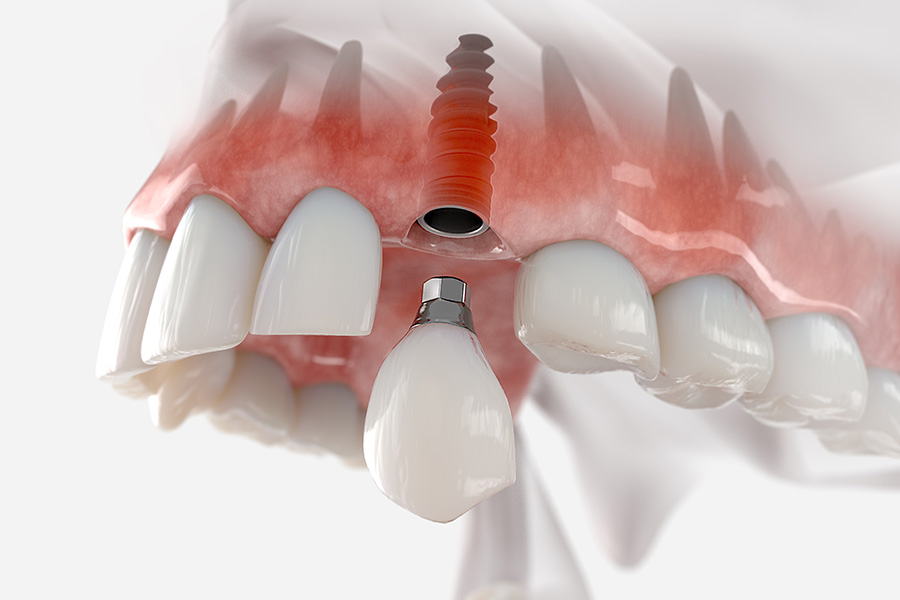A radiant smile has always been a symbol of health and beauty, and throughout history, humans have sought ways to enhance the brilliance of their pearly whites. The evolution of teeth whitening technologies is a fascinating journey that reflects our changing perspectives on oral care and aesthetics. In ancient civilizations, oral hygiene practices were rudimentary, and teeth discoloration was a common issue. The Egyptians, for instance, used a mixture of ground pumice stone and wine vinegar to scrub away stains. The Greeks and Romans preferred a combination of urine and ashes for their dental cleansers. These methods, while unconventional by modern standards, laid the foundation for the pursuit of a brighter smile. The middle Ages witnessed the use of abrasive substances like crushed oyster shells and charcoal, which, despite their efficacy in removing surface stains, often led to enamel damage. It was not until the 18th century that a more systematic approach emerged. The introduction of toothpaste, containing ingredients like chalk and soap, marked a significant step forward in oral care.

Fast forward to the 20th century, enamel republic family dentist and the quest for whiter teeth took a more scientific turn. Hydrogen peroxide, with its bleaching properties, became a key ingredient in tooth-whitening solutions. Dentists started using peroxide-based gels to lighten teeth, a technique that evolved into what we now know as professional teeth whitening. The 21st century witnessed a surge in at-home teeth whitening options, reflecting a growing demand for convenience. Over-the-counter whitening strips, gels, and toothpaste containing milder bleaching agents allowed individuals to achieve a brighter smile in the comfort of their homes. However, concerns arose about the safety and effectiveness of these products, leading to ongoing debates within the dental community.
Recent years have seen the emergence of cutting-edge technologies that promise to revolutionize teeth whitening. LED teeth whitening, for instance, involves the use of light to activate whitening agents, speeding up the process and potentially minimizing sensitivity issues. Laser teeth whitening is another advanced technique, utilizing laser energy to enhance the effects of whitening agents. Additionally, advancements in nanotechnology have paved the way for innovative whitening solutions. Nanoparticles can penetrate enamel more effectively, targeting deeper stains without compromising tooth structure. This approach holds promise for a more precise and long-lasting teeth whitening experience. Despite these technological leaps, it is crucial to approach teeth whitening with caution. Overuse of bleaching agents can lead to tooth sensitivity and enamel erosion. Consulting with a dental professional before embarking on any whitening journey ensures a safe and effective outcome.
The evolution of teeth whitening technologies mirrors our societal emphasis on dental aesthetics and oral health. From ancient remedies to the latest advancements in nanotechnology, the journey to a brighter smile has been both colorful and transformative. As technology continues to advance, the future of teeth whitening holds exciting possibilities, promising not only enhanced aesthetics but also improved oral well-being for smiles that truly enlighten.
